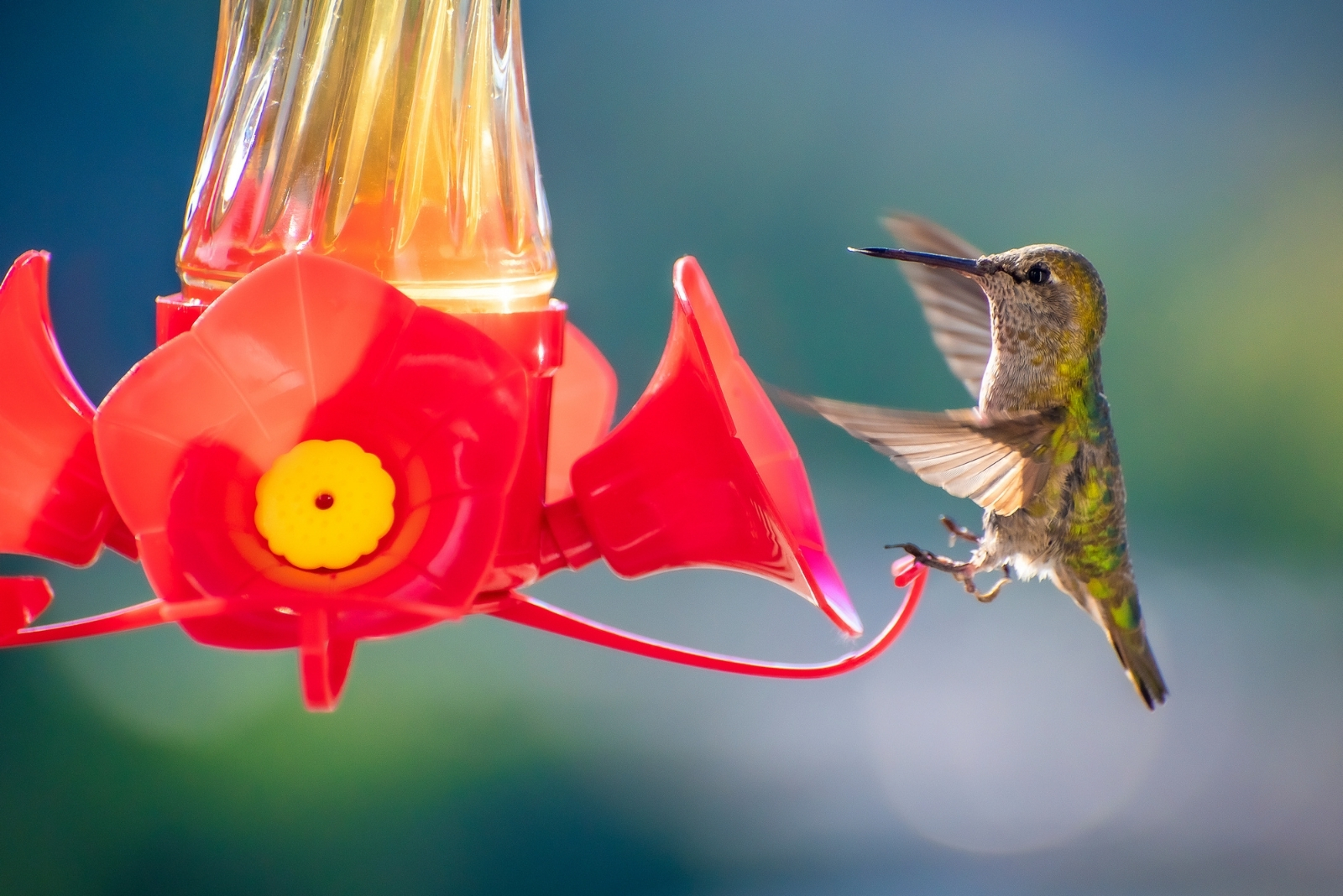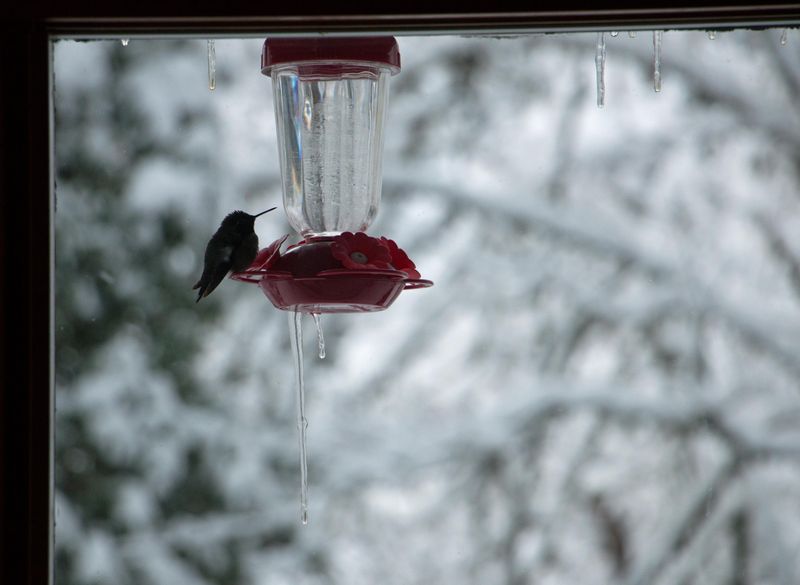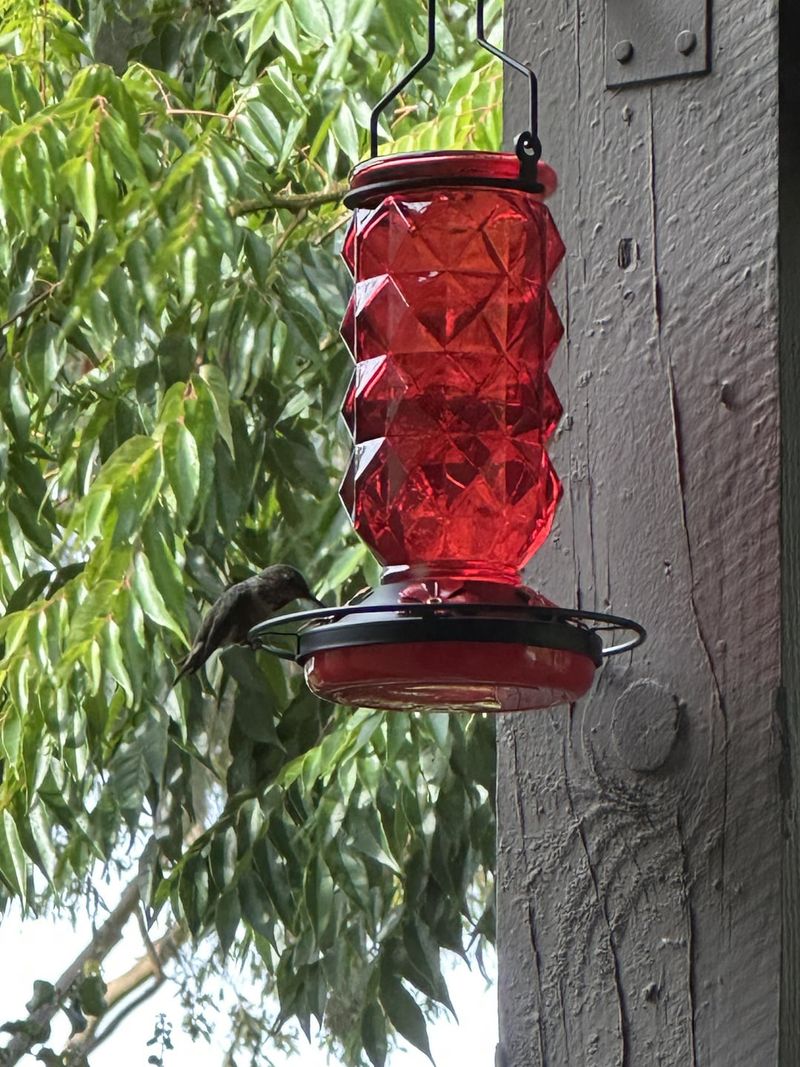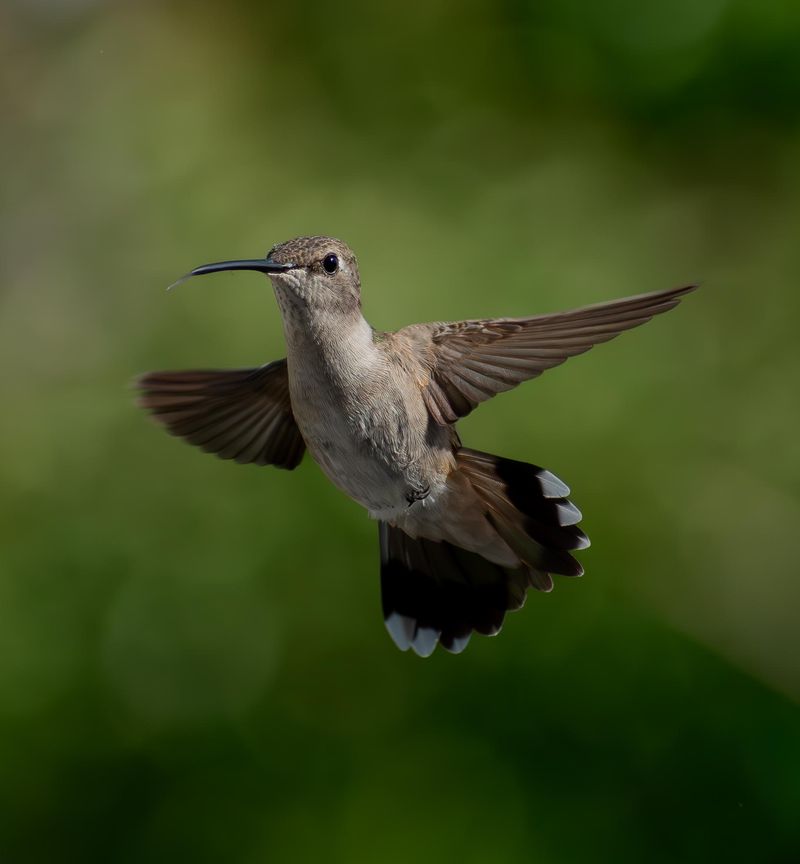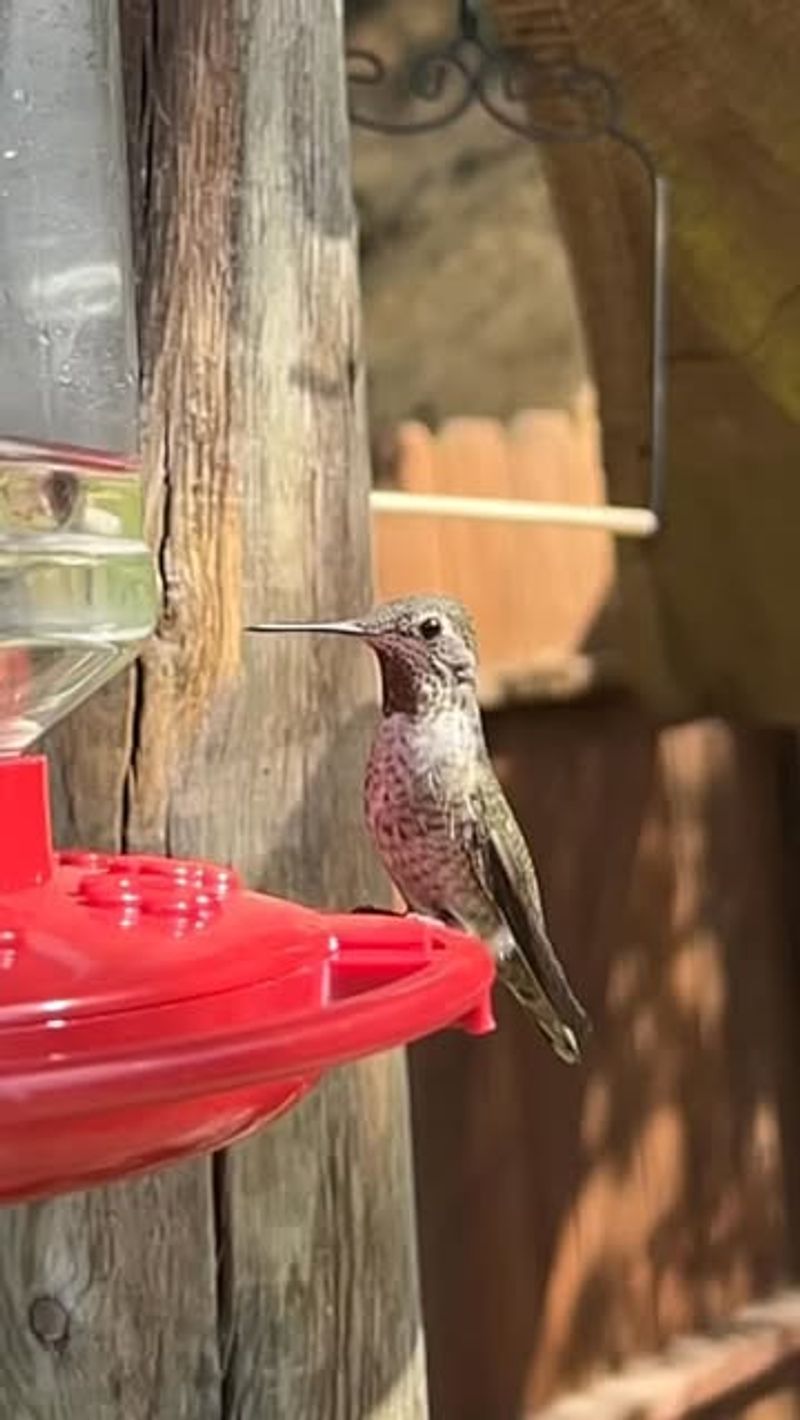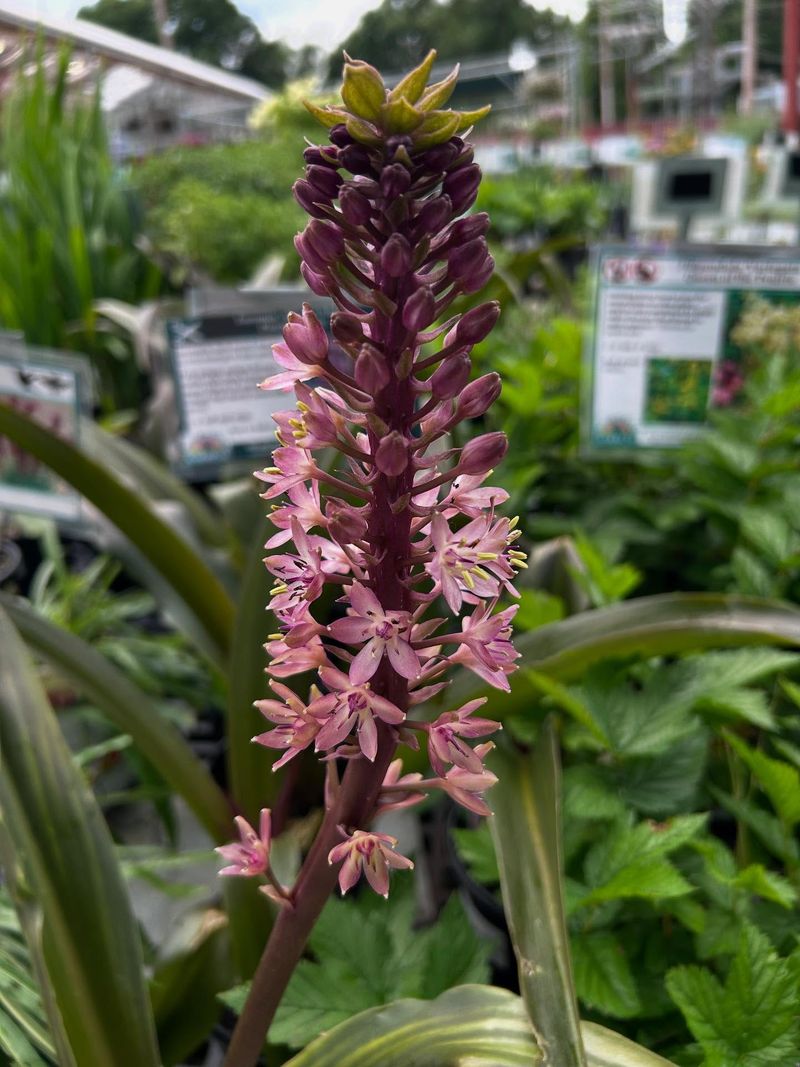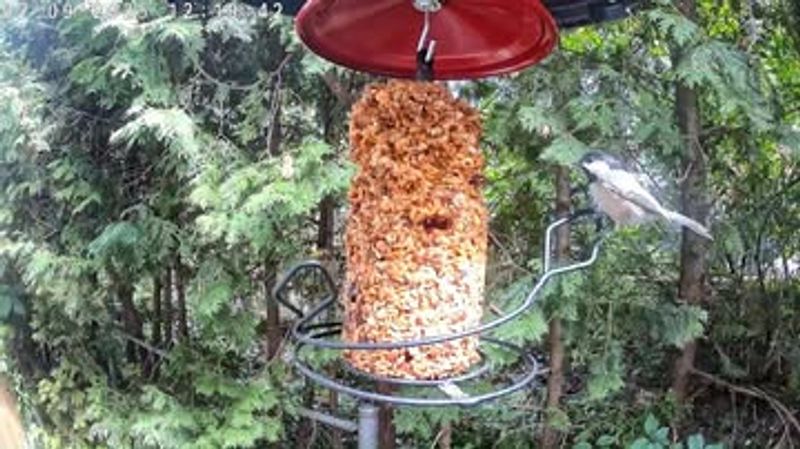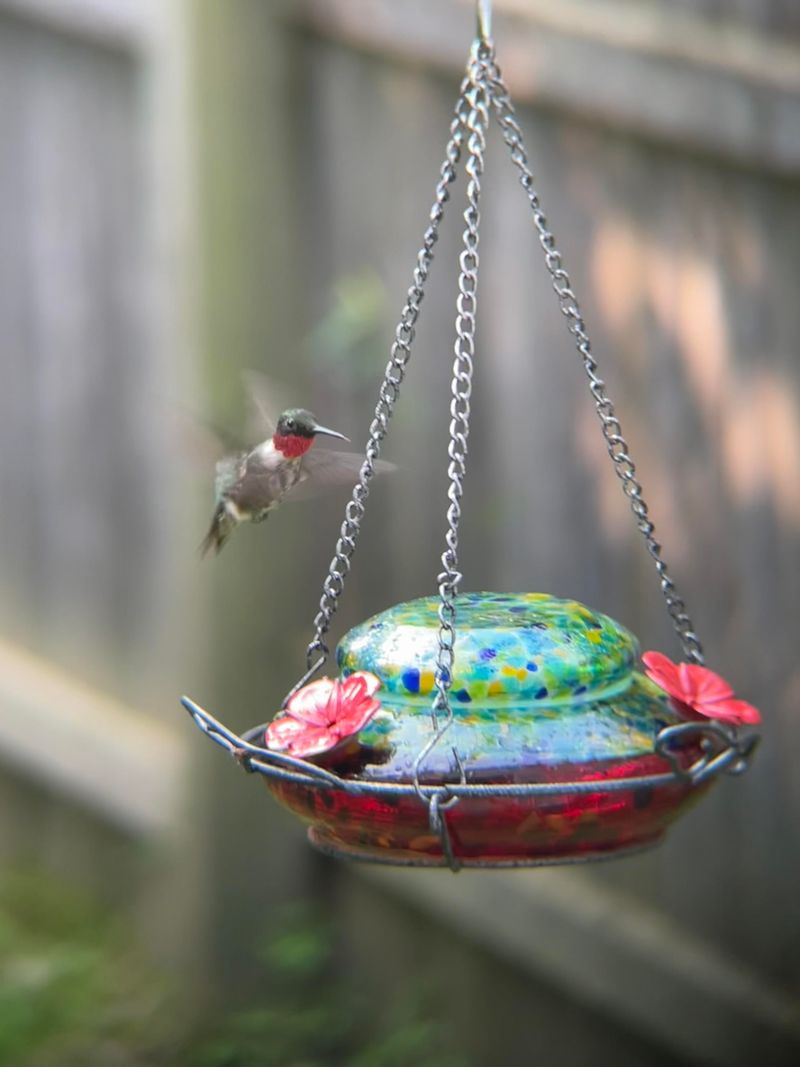Illinois hummingbirds need a little extra care as the weather cools. Taking down feeders too early or too late can affect these tiny visitors.
Timing it right ensures they have energy for their migration. Knowing the signs helps you support them without overfeeding.
1. Freezing Temperatures Arrive Consistently
When nighttime temperatures in Illinois start dropping below freezing on a regular basis, your nectar will turn into a sugary ice cube. Frozen feeders are useless to hummingbirds and can even damage the feeder itself.
Most Ruby-throated hummingbirds have already headed south by late October. If you’re experiencing consistent frost and haven’t seen a hummer in weeks, it’s safe to bring those feeders inside for the winter.
2. No Sightings for Two Weeks Straight
Have you been watching your feeder like a hawk but haven’t spotted a single hummingbird in fourteen days? That’s a pretty strong signal that migration is complete in your area of Illinois.
Ruby-throated hummingbirds are the most common species here, and they typically migrate between September and early October. A two-week absence usually means they’ve already made their journey to Central America for the winter months ahead.
3. Mid-October Has Passed
Calendar dates matter when you live in Illinois and care for hummingbirds. By mid-October, nearly all Ruby-throated hummingbirds have completed their southern migration.
Keeping feeders up past this point rarely benefits any birds. Late stragglers are extremely uncommon in Illinois, though they do occasionally happen. If you haven’t seen activity by October 15th, you can confidently pack away your feeders until next spring without guilt.
4. Mold Growth Becomes a Constant Problem
Cooler fall weather combined with less bird activity means your nectar sits longer and grows nasty black mold faster. If you’re cleaning your Illinois feeder every other day just to keep it safe, that’s exhausting and unnecessary.
Moldy nectar can make hummingbirds sick or even kill them. When maintaining the feeder becomes a constant chore with no visitors to show for it, take it down and save yourself the hassle.
5. Natural Food Sources Are Depleted
Hummingbirds don’t rely solely on feeders—they love natural nectar from flowers and catch tiny insects for protein. Once your Illinois garden flowers have died back and insects have disappeared for the season, hummingbirds have likely moved on too.
Blooming plants like salvia, bee balm, and trumpet vine typically fade by late September here. When nature’s buffet closes for the season, your feeder visitors won’t stick around much longer either.
6. Wasps and Bees Take Over Completely
Late summer and fall bring aggressive wasps and yellow jackets to Illinois, and they absolutely love sweet nectar. If your feeder has become a wasp convention center with zero hummingbird guests, it’s time to shut down operations.
Hummingbirds will avoid feeders overrun by stinging insects. You’re essentially maintaining a wasp restaurant at that point. Taking down the feeder removes the attraction and helps control the pest problem around your home.
7. Local Birding Reports Show Migration Complete
Thanks to modern technology, Illinois bird watchers share real-time sighting information through apps and websites. Checking eBird, Journey North, or local birding Facebook groups gives you valuable migration data for your specific region.
When fellow birders in your Illinois county report that hummingbird sightings have stopped, trust the crowd-sourced information. These community reports are incredibly accurate and help you make informed decisions about feeder timing without guessing.

